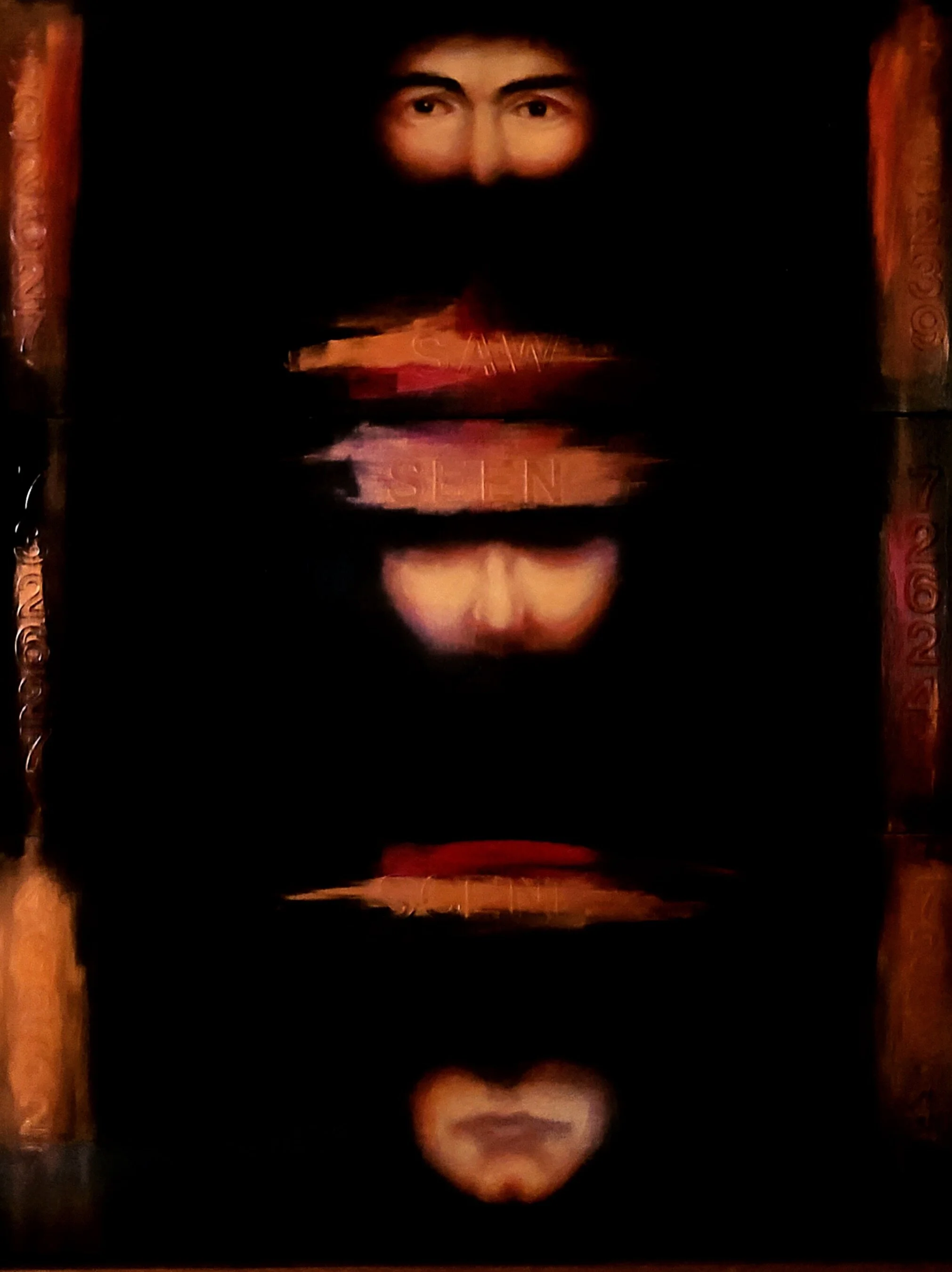Part 3 - The Life of the Artist and the Creative Process
A Conversation between the studio manager Victoria Chapman (VC Projects) and Shane Guffogg
Introduction
Hollywood can be hot during July and August. The heat can zap your energy. Summer is a time to go on vacation and rest by the shore with toes buried in the sand or hike in the mountains sleeping in a tent under the stars or traveling to a faraway place. For me, during this time I reflect on my creative and spiritual practice. I am not talking about religion, I am talking about something inherent in oneself, finding the joy or peacefulness within. In continuing with Hegel’s Phenomenology of Spirit, I have had some feedback asking why the need to explore such philosophical texts? Hegel’s book was written as a manual for understanding, consciousness, truth and self-certainty, observing reason, and much more. It shares a view of how our minds work -- the understanding of self, as well as emotions. I am also reminded by Spinoza’s sense of cause and effect, and by being aware of these modes of understanding, it could engage an inner freedom in pursuit of creativity. I often wonder where the conversation begins. Are we merely a projection or are we reacting to the physical world around us? Is the goal of art only to remind us of the beauty or devastation, or to create an illusion of our so-called paradise? Have we turned our backs on humanity by not contemplating this? Can art possibly mirror the individual experience? Shane Guffogg once said in an interview, “We are human beings. Being is part of what we do.” To all the artists out there, by being, art is made, and it can be shared with the world, to inform the masses, or at least reveal itself to those who are awake.
Part 3 – “The Life of the Artist and the Creative Process”
VC: In Part 2 of this conversation, we began to unravel Hegel’s text about notion of force, and I found a passage on time and space (another big topic), where he says,
“It is necessary that motion be split up to time and space or again, into distance and velocity. Thus, since motion is only the relation of these factors, it—the universal—is certainly divided in its own self. But now these parts, time and space or distance and velocity, do not in themselves express this origin in a One; they are different to one another, space is thought of as able to be without time, time without space, and distance at least without velocity—just as their magnitudes are indifferent to one another, since they are not related to one another as positive and negative, and thus are not related to another through their own essential nature.”
What I am taking away from this deep, philosophical statement, is that Space and Time are two separate things. I bring this up because as we are talking about the relationship between the work of art and the process of its creation, I am questioning what the viewer gains from observing art.
We recently recorded audio on Sound Cloud, about the painting, “At the Still Point of the Turning World”, 80 x 100 inches, dated 2016. I asked Shane this question, “You mentioned a point of gravity at the center of the painting and how through the act of painting, you were recalling all the patterns that make up your daily life. You are guiding the viewer to an area in the center of the canvas, which for you is a void and an object at the same time. You talked about the neutral colors that are made of cool and warm tones, and that you wanted the painting to visually pulsate. This was an emotionally strenuous painting to create, and needing time and space to reflect on it, you put it away for some time while you traveled to Venice Italy. Upon your return, you knew what it needed. How did you know and how does this happen?”
Read More







